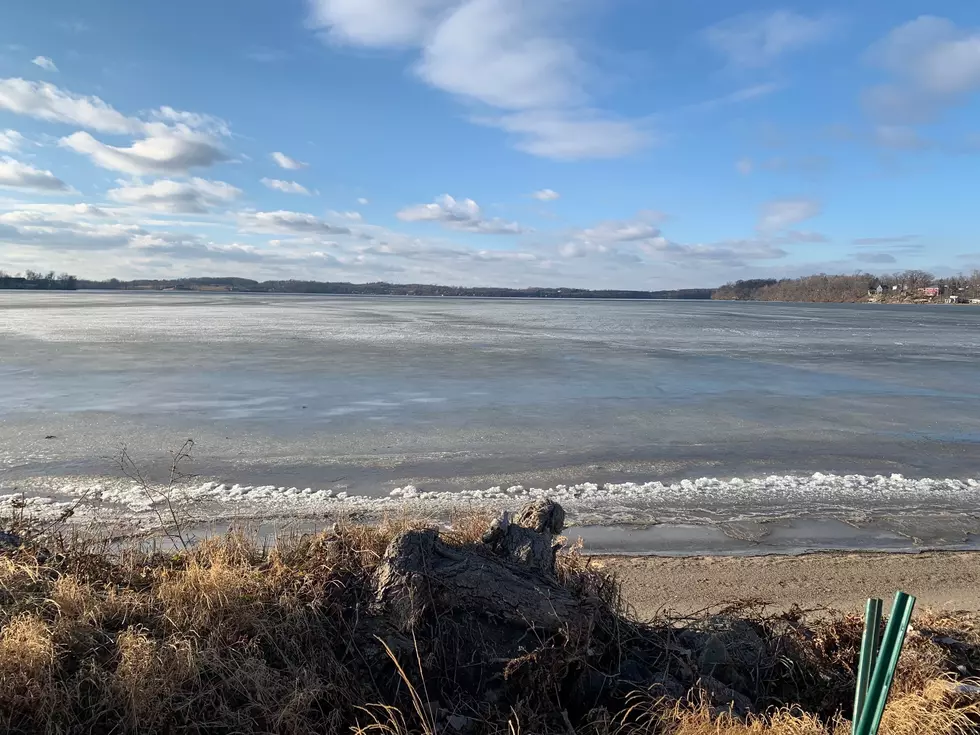
Minnesota DNR Reminder: No Ice is 100 Percent Safe
Faribault Fire Chief Dustin Dienst covered a variety of topics during a visit on KDHL today. With temperatures around 40 degrees and gusty winds ice conditions can chang rapidly during the day.
Dienst agrees with the Minnesota Department of Natural Resources (DNR) when they recommend the first thing you should do if you are with someone who breaks through the ice is phone 911, "Yes, you've got to get us going because it's typically rural. A long ways away from a station. It takes us some time to put on the suits and put on the PPE that we need to be able to perform the rescue so we need to get called right away."
Faribault Mayor Kevin Voracek was evidently listening to the program and texted Dienst that Lake Mazaska was completely open when he drove by this morning.
Dienst commented, "There's springs in there. You get an area that fish can keep open. That geese can keep open and you get a little bit of wind and the wave action with a couple inches of ice, that water pulsating up and down can break that ice up real fast."
Dienst added, "I don't like to take my vehicle on the ice but I will take it, especially if I know I'm in water that's probably froze to the bottom and there's really nowhere to sink."
The Minnesota DNR suggests cars, pickups, SUVs should be parked at least 50 feet apart and moved every two hours to prevent sinking. They recommend making a hole next to the vehicle. If water starts to overflow the top of the hole the ice is sinking and it's time to move the vehicle.
Dienst said that was a recommendation he had not heard before.
Dienst did echo some other DNR recommendations:
- Check ice thickness at least every 150 feet. Temperature, snow cover, currents, springs and rough fish all affect the relative safety of ice. Ice is seldom the same thickness over a single body of wter; it can be two feet thick in one place and one inch thick just a few yards away.
- Use an ice chisel or auger. A cordless drill with a long, five-eighths inch wood auger bit is another possibility.
LET’S PLAY A GAME: Can You Answer These Minnesota Jeopardy! Questions?
More From Quick Country 96.5










